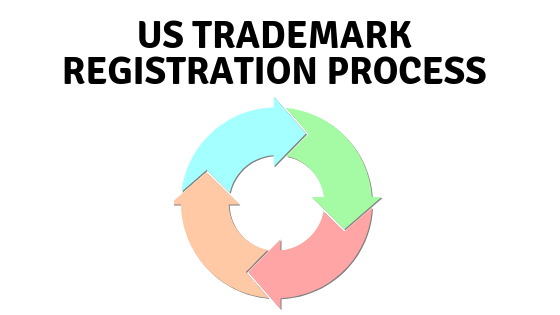The growth of e-commerce has led to many brands that would have only been available to a small area of the global market to now be available worldwide. This causes business owners many challenges.
One of these challenges is how to produce, market, and protect a brand that will be sold in multiple jurisdictions across the globe. This is because each country has its own process, rules, and regulations that a brand owner must navigate to register a trademark that will protect their brands within that country.
In general, in order for a mark to be registered, it has to be distinctive in relation to the products and services for which registration is sought. But, how is this determined? Is the test for distinctiveness the same all over the world?
This article briefly explores the varying standards of distinctiveness in the United States, Canada, the United Kingdom, Germany, France, Singapore, Canada, and China.
The Purpose of the Distinctiveness Requirement for Trademarks
The fundamental requirement for trademark registration in most countries around the world is distinctiveness. This requirement is equivalent to the requirement for novelty for patent rights and originality for copyrights.
The primary goal of every trademark is to distinguish the products and services of one merchant from those of other merchants. Put another way, trademarks identify the source of the products and services they are associated with.
However, in order to do its job, the trademark itself must be sufficiently distinguishable from other trademarks. A trademark distinctiveness dictates everything from the mark’s ability to be registered to its ability to be enforced, as well as, whether or not it will remain valid once it has been registered.
Some marks achieve distinctiveness via their inherent nature, for example, Nike’s “swoosh” checkmark for sports apparel. But other marks only acquire distinctiveness as a result of marketing that, over time, forms a powerful association in the minds of the buying public.
For example, the term “Raisin Bran” is merely descriptive of the brand of cereal and would not be eligible for trademark registration had the Kellogg company not demonstrated (through evidence of use, including sales, advertising expenditures, and consumer surveys) that the buying public had come to associate the term with this particular Kellogg cereal.
The public’s distinct association of a trademark with a particular merchant is referred to as secondary meaning and can only be established over time.
How is Distinctiveness Determined in the United States?
In order to be registered as a trademark in the U.S., a mark has to be distinctive enough to effectively indicate the source of a product or service. To determine distinctiveness, examiners at the United States Patent & Trademark Office (USPTO) refer to a five-category spectrum of distinctiveness.
This spectrum of distinctiveness ranges from words, phrases, and symbols invented solely to be used as trademarks to words, phrases, and symbols that are so common that they are considered automatically ineligible for trademark protection, including:
- Fanciful marks – automatically registrable with the USPTO as inherently distinctive trademarks. Examples include “Xerox”, “Google”, “Uber”, and “Kodak”.
- Arbitrary marks – such as “Apple” for computers and “Galaxy” for mobile phones, which are not typically used to refer to the products and services being sold.
- Suggestive marks – such as “iPad” for a tablet computer, “Coppertone” for sunscreen lotion or “Upwork” for freelancing platform, which are suggestive of a certain aspect or quality of the products and services being sold. Though suggestive marks are inherently registrable, the less distinctive they are, the more likely evidence of a secondary meaning will be required.
- Descriptive marks – words and phrases, such as “Lightweight” or “Faster”, that only describe a certain quality or aspect of the products and services being sold. A descriptive mark is not eligible to be registered as a trademark unless it has acquired a secondary meaning through use, such as “Sharp” for televisions or “Windows” for computer software.
- Generic marks – marks consisting solely of the common name for a product or service. For example, the term “Basket” for a store that sells baskets. Generic marks are void of distinctiveness and are ineligible for registration in the U.S. What’s more, a product or service can become so familiar in the marketplace, that the public associates it with an entire category of similar products and services. When this happens, a valid trademark can become generic and lose its validity. Examples of this are “Cellophane” and “Aspirin”.
Canada
Like in the U.S., distinctiveness is fundamental to trademark protection in Canada. Canada trademark law defines a “distinctive” trademark as one that distinguishes the products and services of one merchant from those of other merchants.
A trademark doesn’t have to be very well-known for it to be considered distinctive in Canada. Instead, a trademark’s distinctiveness depends on its ability to identify the underlying products or services as coming from one particular merchant, even if that particular merchant isn’t well-known.
Canadian Courts typically point to three fundamental requirements that have to be met for a trademark to be deemed distinctive:
- The trademark and the products and service must be associated;
- The owner must use this association while promoting and selling the products and services; and
- The association must differentiate the merchant’s goods and services from those of other merchants.
Like in the U.S., a trademark distinctiveness falls within a spectrum that will dictate the scope of protection offered to it. Fanciful, arbitrary, or fictitious marks are viewed as inherently strong and distinctive trademarks deserving of a broad scope of protection.
Trademarks like “Xerox” and “Kodak” are considered very strong because they are terms that were specifically created to be used as trademarks. This characteristic makes them well-suited to distinguish the products and services of one merchant from those of other merchants.
On the other hand, marks that lack a distinctive character are only eligible for a limited scope of protection. These marks are regarded as weak because, for example, they are common everyday expressions, merely describe or suggest some aspect of the products and services being sold, or they are customarily used as names or surnames.
Canadian law also acknowledges that trademark distinctiveness isn’t necessarily inherent in every trademark, but can also be acquired through use or a secondary meaning.
However, unlike in some countries, a trademark in Canada does not automatically acquire distinctiveness after being used for a certain length of time. Instead, the applicant must prove that the trademark has acquired distinctiveness by submitting proof, such as examples of the trademark being used, sales and advertising data, and sample specimens.
Recently, Canada introduced new rules. Trademarks will now be examined for distinctiveness which will make it more difficult to register them. For example, if a trademark is not distinctive, it may be a ground for refusal.
The United Kingdom
In the United Kingdom (UK), distinctiveness is also a requirement for trademark registration. However, there is no real objective test to measure a trademark’s distinctiveness. Instead, the UK Intellectual Property Office will take into consideration all pertinent evidence when evaluating a mark’s distinctive character, including:
- The share of the market garnered by the products and services being sold;
- The amount spent on promoting the mark; and
- The intensity and duration of the mark’s use as a designation of origin for the particular goods and services being sold.
In the UK, a trademark will be seen as inherently distinctive if it enables consumers to immediately recognize the origin of the goods and services being sold.
However, even if the mark is considered to lack distinctiveness, it can still be registered if, prior to the date of registration, it acquires distinctiveness throughout a significant portion of the geographic region where it will be marketed. For example, if the products and services will be marketed and sold in the UK, the applicant must submit proof that the mark has become distinctive throughout a substantial portion of Great Britain.
Germany
Like the UK, Germany will regard a mark as inherently distinctive if it is recognized by the buying public as an indication of origin. Conversely, a lack of distinctive character, as it relates to goods and services being sold, is a definite ground for rejection.
It should be noted that if a trademark refusal during examination is based on lack of distinctiveness, this is considered an “absolute” ground of refusal and examiners at the German Trademark Office are unlikely to change their mind once they have made a decision that a trademark is not distinctive. If this happens, it’s usually easier to re-file rather than fight the refusal.
If a mark is not distinctive, it can still be registered if the applicant can demonstrate that it has acquired distinctiveness through use, which will often require a consumer survey to be done and is extremely difficult to prove.
France
In France, a mark’s distinctive character is also evaluated from the consumer’s perspective. And a mark can only become a trademark if it possesses enough distinctive character to distinguish the products and services for which registration is being sought from those of other merchants.
France regards the following types of marks as completely void of any distinctive character:
- Marks that only consist of generic terms used to refer to the associated goods and services;
- Signs that only refer to certain aspects of the products and services being sold, such as its purpose, geographical origin, quality, or value; and
- Signs that only refer to the shape or purpose of the product
Like in the UK, a mark that is not distinctive may acquire distinctiveness after the application for registration has been submitted. However, to prove acquired distinctiveness, the applicant must show evidence of a lengthy, noteworthy, and well-known period of use.
Singapore
For a mark to be registered in Singapore, it must be inherently distinctive or have acquired distinctiveness through use. To decide if a mark has the requisite distinctive character, the courts in Singapore will ask if the average consumer would recognize the mark as a trademark for the products and services being sold without being told.
Purely fanciful, inventive, and arbitrary marks are all inherently registrable in Singapore. But, marks of a purely laudatory nature are not.
A mark can nevertheless be registered if it acquires distinctiveness through use. To determine if the mark has acquired distinctiveness, several factors will be evaluated, including:
- The share of the market the products and services have secured;
- The intensity with which the mark has been used, how widespread its use has been, and for how long;
- The amount of money spent on promoting the mark; and
- The percentage of the buying public who can actually identify the vendor who provides the products and services being marketed under the mark.
China
In China, the following types of marks are barred from being registered as trademarks:
- Marks that only consist of the generic name or product number;
- Marks that simply describe the quality, ingredients, weight, or other aspects of a product or service; or
- Marks that otherwise lacks distinctiveness.
Trademark examiners in China may also take into consideration the mark’s simplicity, complexity, particular composition, and color scheme, as well as, the nature of the packaging the mark is commonly displayed on and how well-known the mark has become.
What’s more, while a mark may acquire distinctiveness through usage, even a mark that has already acquired distinctiveness worldwide will still have to pass the test described above.
For More Information Contact Trademark Angel
If you are wondering if your trademark has the necessary distinctive character to properly protect your brand, call us to consult with a knowledgeable trademark attorney. We will be happy to answer any questions you have regarding an existing trademark registration or one that you would like to register.
Contact Trademark Angel in Canada at 226.246.2979, or visit our contact page to book an initial consultation.




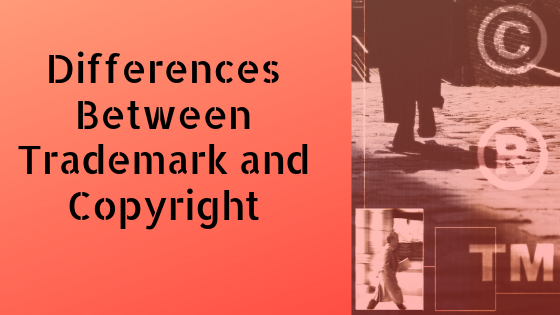
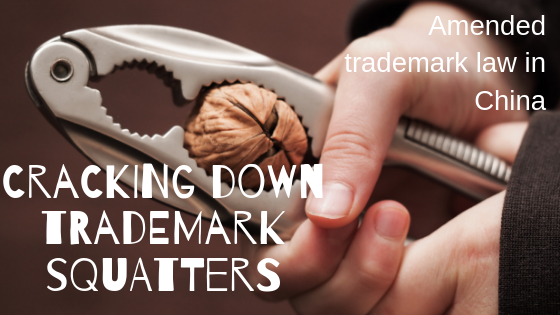
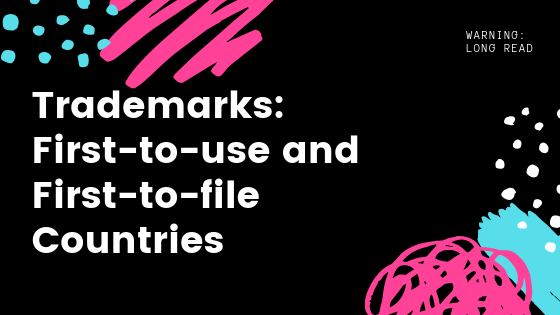

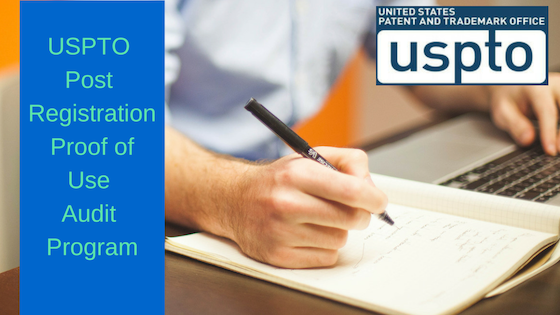



 ) and this is what our client did in this case.
) and this is what our client did in this case.




 as the leaves on the left from the word “PEAU” are too close so they form an integral part of the mark.
as the leaves on the left from the word “PEAU” are too close so they form an integral part of the mark.
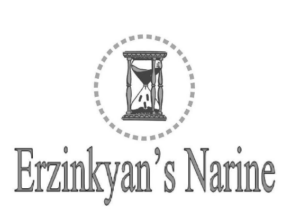
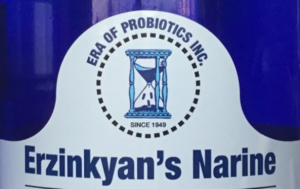



 So this use is excellent and will support the use of IBIYAYA.
So this use is excellent and will support the use of IBIYAYA.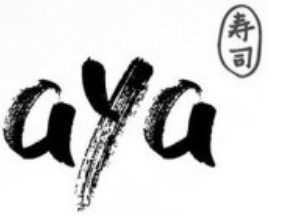

 and LIMOLINER (and this is what was done in this case).
and LIMOLINER (and this is what was done in this case).

